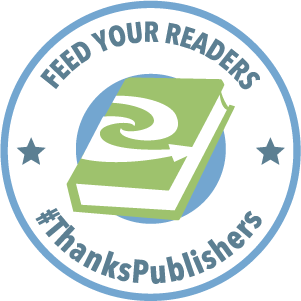
In Under the Knife, surgeon Arnold Van de Laar uses his own experience and expertise to tell the witty history of the past, present, and future of surgery.
From the story of the desperate man from seventeenth-century Amsterdam who grimly cut a stone out of his own bladder to Bob Marley’s deadly toe, Under the Knife offers all kinds of fascinating and unforgettable insights into medicine and history via the operating theatre.
What happens during an operation? How does the human body respond to being attacked by a knife, a bacterium, a cancer cell or a bullet? And, as medical advances continuously push the boundaries of what medicine can cure, what are the limits of surgery?
From the dark centuries of bloodletting and of amputations without anaesthetic to today’s sterile, high-tech operating theatres, Under the Knife is both a rich cultural history and a modern anatomy class for us all.
Thanks to NetGalley for this ARC!
I have read many medical history books before but none of them were as gruesomely interesting as this one. The juxtaposition of the gory surgeries and the dry writing makes for an excellent read. So many different surgeries are discussed in this book, it seems, that there should be something for everyone. If you are a fan of spurting blood, swollen intestines, gangrene, and reading about a man performing surgery on himself without anesthesia, then this book is definitely for you. If you are the squeamish type, stop reading immediately and find something else.
Each one of the 28 chapters discusses a different type of surgery, complete with history and famous examples. Some of the people van de Laar writes about are JFK, Bob Marley, Lenin, and Napoleon. I can honestly say that I learned multiple new facts in each chapter. This, plus the straight-up medical language (that may be incomprehensible to most people) made this book a winner for me. I have a medical background so this was an easy read, but I can see most people trying to figure out some of the jargon and getting discouraged. The author does provide many explanations and word sources (such as Latin or Italian) as well as a glossary at the end, but there is also a good deal of medical verbiage. The chapter also brings us into the present time, and how this surgery is performed using clean instruments and updated techniques.
As I mentioned before, the gore factor is extremely high. I don’t recall ever experiencing this level of detail, even in books containing Hannibal Lecter. A simple sentence telling us that the Sun King only bathed once or twice in his lifetime, and generously opened a window so a visitor could have fresh air speaks volumes. Can’t you just smell the stench from here?!?
There are also chapters on eunuchs, ancient Rome, and bloodletting. The detail in which van de Laar describes each procedure is magnificent. Facts just keep unrolling on the page, with minimal asides for the human detail found in so many other books written by doctors (such as Sandeep Jauhar or Atul Gawande). The book is nearly devoid of emotion; there are only procedures and facts.
I absolutely loved this book. I also may never be able to get some of the gory images out of my mind – but that’s ok.
Want your own copy? You can pick it up
.













Recent Comments